How to plant eggplants?

Experienced gardeners recommend planting eggplants in the ground only when warm weather improves outside, because this vegetable belongs to heat-loving crops. In addition, you must adhere to the established deadlines in order to get a rich and tasty harvest. In this article, we will consider in more detail how to plant eggplants, the choice of location and planting material, as well as the technology and methods of planting seeds and seedlings.
Optimal timing
The weather in different regions is different, so it is very important to take into account the climate conditions when choosing favorable days for planting eggplants. If there is already a ready-made seedling, then, depending on the territory, you can plant it in open land in the following time periods:
- southern regions of Russia - end of April;
- the middle part and the Moscow region - the end of May;
- in Siberia, the Leningrad region and the Urals - early June.
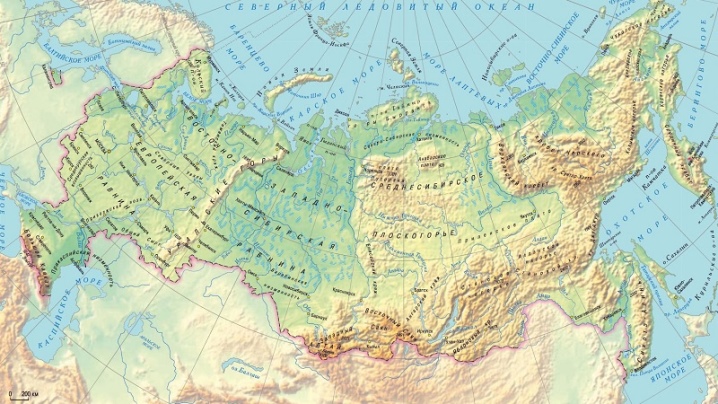
If you plan to plant seedlings in greenhouse conditions, then the planting time is slightly shifted, namely:
- southern regions of Russia - early April;
- areas of the middle belt and the Moscow region - early May;
- in Siberia, the Leningrad region and the Urals - the end of May.
If the greenhouse has heating, then eggplant seedlings can be planted about 2-3 weeks earlier than the above-described dates. But if a film greenhouse is used, then it is recommended to shift the timing by 2 weeks later.
Some gardeners are planning to plant eggplants according to the lunar calendar. The following recommendations should be taken into account:
- it is advisable to do eggplant transplant on the growing moon (this is the first and second quarters of the lunar calendar);
- during the new and full moon periods, it is advisable not to carry out planting work.
Important! It is not recommended to plant eggplants in cold ground, it is advisable to wait for a warm air temperature, which will be from +18 degrees.


Appropriate place
To get a rich harvest of eggplants, you should choose the right place for planting this vegetable. It is worth noting that eggplants grow very poorly in shade or partial shade. It is better to plant them in the garden in an open place so that the sun's rays fall on the eggplants. It is advisable to exclude the presence of drafts. Eggplant is a southern vegetable that loves warmth very much. In addition, you should avoid the close passage of groundwater in the country. If this is not possible, then the only solution is to raise the bed by about 40 cm.
If it is decided to plant eggplants at your dacha, then it is recommended to take into account the crop rotation and neighborhood. It is undesirable to plant eggplants in the same place where they grew last year, since the land has lost all nutrients, as a result, the harvest will be poor. In addition, pest larvae may be in the ground, which adversely affect plants of the Solanaceae family.
Eggplants can be planted in areas where vegetables such as:
- onion;
- cucumbers;
- carrot;
- cabbage;
- pumpkin, watermelon or melon;
- beans.

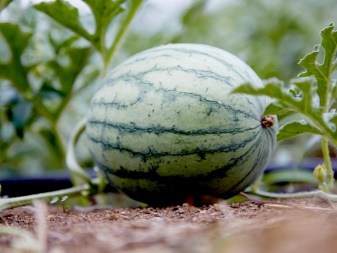
In addition, you should be aware that after the following plants, it is strictly forbidden to plant eggplants:
- tomatoes;
- all kinds of peppers;
- potato;
- nightshade.
Important! You should wait about 3-4 years after growing the above plants, and only then plant the eggplants.
It is very important to choose the right neighbors. Experienced gardeners note the following plants that can be called the best neighbors:
- beet;
- greens;
- zucchini;
- cabbage;
- bell pepper;
- peas.
All of the above plants do not have common diseases with eggplants, in addition, they do not deplete the soil and scare off pests that often attack eggplants.


The choice of planting material
To harvest a rich and tasty harvest, you should pay attention to the choice of seeds for planting. You can assemble them yourself, or buy ready-made ones in a shop for gardeners. To find the right seeds in your store, it is recommended that you take into account several criteria.
- Ripening terms. Both early and late varieties can be grown in warm areas. For the northern regions, exceptionally early maturing varieties are suitable.
- Type of. Eggplants thrive both in open ground and in greenhouses. Some varieties are recommended to be planted under certain conditions, so you should pay attention to this. If the region is rather cold and often cloudy, it is better to choose seeds for planting in greenhouse conditions.
- Appearance. Each seed bag contains a picture that shows what the future harvest will be like, such as color, shape, weight and even size. You can find seeds from which oblong or round fruits will grow. The color of eggplants can also be different: brown, orange, purple and even white.
- The number of seeds in the package. Each manufacturer packs seeds in sachets, while their quantity may vary. One package can contain only 10 seeds.
- Germination. It is recommended that you make a germination test immediately before planting them. You will need to take gauze, wet it, place a few seeds in the middle and dip in warm water. After a day, the seeds should be taken out and spread out on gauze. Within 5 days, it should be moistened and monitored when the seeds begin to hatch. If most of the seeds have sprouted, you can use these seeds for planting.

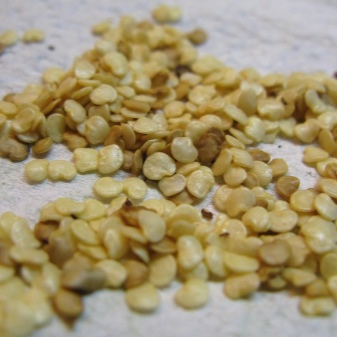
Choosing quality seedlings is even more difficult than choosing seeds. The culture responds rather poorly to transplantation. For this reason, experienced gardeners are advised to grow "blue" in separate glasses.
Some gardeners grow their own seedlings, since they do not have confidence in the purchased one. It will take a little over two months to grow it, but the reward will be high quality planting material.
If you decide to buy ready-made seedlings, then you should pay attention to the following nuances of high-quality seedlings:
- the stem should be more than 0.5 cm in diameter;
- the stem height should be 20 cm;
- adventitious shoots should appear;
- 7-8 leaves may be present on the stem;
- the presence of flowers is desirable.
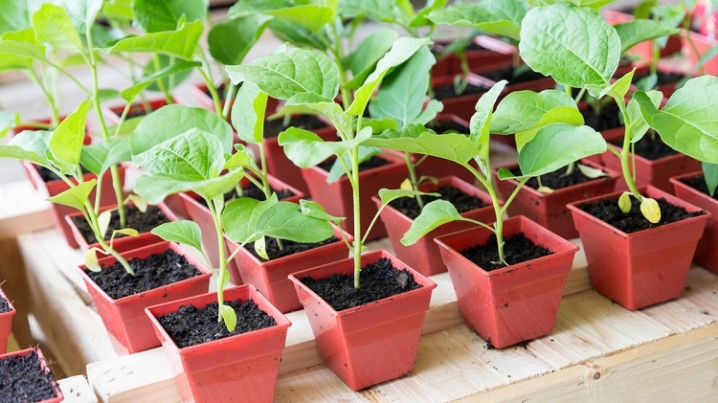
The technology of planting seeds for seedlings
Eggplant seeds germinate rather slowly. If you plant dry seeds, then their shoots will appear in about 10-14 days. Before planting, it is recommended to carry out the germination test, which was described above. In addition, the seeds must be disinfected. To do this, they are placed in a potassium permanganate solution for 30 minutes. Then they are washed under water and a little hardened by placing the seeds on a wet cloth and in the refrigerator for 24 hours, and then in the heat for 24 hours. After a few days, the seeds are ready to be planted in boxes or open ground.
Soil preparation
Eggplant grows best in loamy and sandy loam soil. But if you make preliminary preparation, then they can be grown on heavier soils:
- it is advisable to add fertilizers - one bucket of peat and humus per 1 sq. meter;
- you can improve the structure of the soil by adding river coarse-grain sand - 3 buckets per 1 sq. meter.
Before landing, you should do the following:
- dig up the soil manually in the fall with a shovel;
- while digging, apply top dressing in the form of fresh manure - per 1 sq. meter will need 1 bucket;
- in the spring, after the snow melts and the soil warms up, it is recommended to loosen the ground with a rake;
- poor land can be fed with mineral fertilizers - you can take 1 teaspoon of urea, 1 tbsp. spoon of potassium sulfate and superphosphate, as well as 2 glasses of wood ash per 1 sq. meter.
Important! If it is not possible to prepare the land in the fall, then preparatory measures can be carried out in the spring. They usually need to be done a few weeks before planting the eggplant.
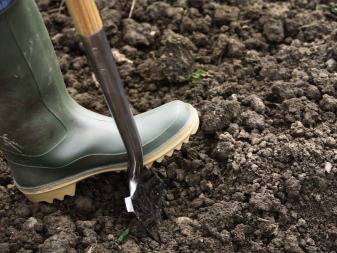

Sowing
If you sow seeds in temporary greenhouses, then they should be placed 1.5 cm deep, but the distance between the seeds should be 3 cm. Trenches are pre-prepared, then they need to be moistened, then the seeds are immersed, covered with earth and slightly compacted. The seeds are in the greenhouse until at least two leaves appear on the seedling. On average, it takes 1 month. At this time, you need to ensure accurate watering, on average, once every few days. It is forbidden to allow waterlogging so that young plants do not get sick with a black leg. It is recommended to use standing and warm water for irrigation.
Important! When two leaves appear on the plants, then they need to be dived, but not in a greenhouse, but already in a permanent place.
Some gardeners are wondering if it is possible to sow seeds directly into open ground in order to do without seedlings. If we consider the southern regions, then the answer will be yes. But in this case, the harvest will be late, although early varieties must be sown. The holes are dug shallow, and 3-4 seeds are placed in them. If all germinate, then the strongest is left, although it is possible to grow two shoots from one hole.
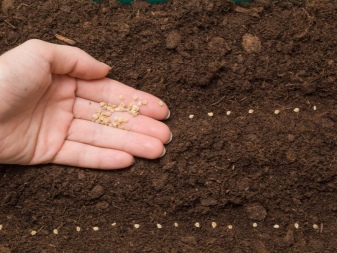
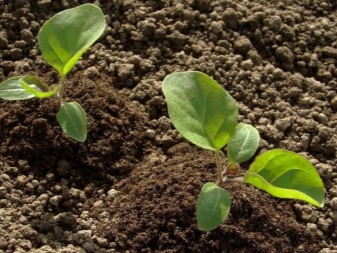
Methods for planting seedlings in the ground for different conditions
Ready eggplant seedlings can be planted both in open soil and in greenhouse conditions. Each option has some rules for planting and growing plants. Let's take a closer look at these solutions.
In the greenhouse
If we compare the planting of eggplant seedlings in the open air and in a greenhouse, then the main difference lies in the timing of planting. Usually in greenhouses, seedlings are planted 3-4 weeks earlier than on open soil. There are several basic schemes for planting seedlings in greenhouse conditions.
- Single row. Low-growing varieties of eggplant are recommended to be planted at a distance of 40 cm from each other. If medium-sized plants are planted, then it is better to increase the gap to 50 cm.But high varieties are recommended to be planted every 60 cm.
- Double row. This scheme involves planting seedlings at a distance of 50-70 cm from each other. Plants are best staggered to prevent shadows from casting onto each other. With such a planting, the root system and the aerial part of the plants develop well.
Important! The size of the eggplant variety influences the choice of planting scheme. It is necessary to take into account how quickly the plant will grow.
In greenhouse conditions, planting is often done with drip irrigation. It should be understood that this option is only suitable for plants that love moisture. When using a drip irrigation system, it is recommended to take into account the following nuances:
- if the eggplants are planted in narrow rows, just one ribbon will be enough to irrigate them; it is usually found along the row or close to the stems;
- for medium beds, you will need to use two tapes on each side, since this way the plants will receive the required amount of moisture;
- in wide beds, it is usually located from three rows, so it is better to use three belts for irrigation.

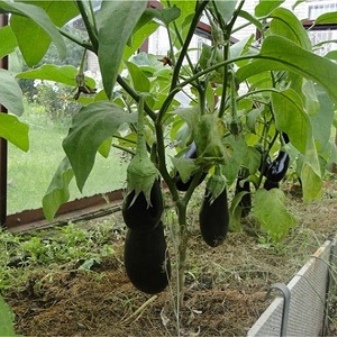
In the open field
If it is decided to plant eggplant seedlings in open ground, then there is no need to plant under the covering material if the air temperature warms up to +18 degrees. The main thing is that after planting there is no again a sharp drop in temperature, since the plants may die. If you plan to harden the seedlings, then you need to take out the boxes with seedlings under the open sky. Initially, it is advisable to leave them for only 1 hour, and then, over time, increase the time interval. Later, after planting in open ground, the plants will not experience severe stress.
Water the seedlings well before planting in an open space. Then it is very carefully removed from the containers so that the roots remain undamaged. A hole should be prepared in advance, but not very deep, in order to avoid discomfort for the plant. Seedlings are placed in the hole. The best time to land on the site is evening, when the sun has already hidden behind the horizon. Planting eggplants can be done in different ways. The choice is influenced by the variety, the type of bush and roots, the rate at which growth is produced, as well as the ripening of the fruits. Row planting is usually the most popular option. In this case, one-, two- and three-line methods are possible. Although you can apply other options for planting eggplants. The main thing is to observe the distance between the beds of 70 cm.There should be from 30 to 40 cm between the seedlings.

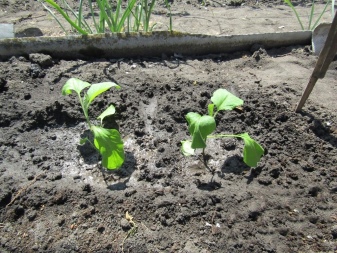
Many gardeners choose the square-nesting method, since it has many advantages: the plants grow well close, while not shading each other. As a result, fruiting is abundant and favorable. But with this method of landing, the following nuances must be taken into account:
- for tall varieties, it is better to choose a scheme for planting 60x60 cm or 70x70 cm, then the plants will not interfere with each other;
- for low and small-growing varieties, you can use a landing of 40x40 cm or 50x50 cm;
- for medium-sized bushes, both the first and second options are suitable.
After planting in a square-nested way, the seedlings should be thoroughly moistened with settled warm water. To disinfect the soil and root system of the plant, it is recommended to water each bush with a solution of potassium permanganate.
If the groundwater passes rather high on the site, then it is better to plant seedlings in a hole on a mound, then excess moisture will not accumulate near the plants. It is not recommended to deeply deepen the plantings. If the air temperature drops quite low at night, then it is better to plant the seedlings under plastic bottles, so they will be protected from the cold.
The overgrown plant must be urgently rescued: several lower leaves should be cut off, after which the plant begins to thicken the stem. But this procedure will need to be repeated several times in order for the plant to grow stronger.

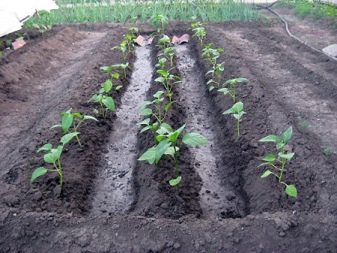
Possible mistakes
It is quite difficult for beginners to immediately get a rich eggplant harvest. To make the growing process enjoyable, and then please with a good harvest, it is advisable to take into account the following expert advice:
- you should not water the seedlings too much before transplanting, it is better to get it with a shovel along with a lump of earth, as a result, the root system will remain intact, and this is very important during transplantation;
- covering the eggplants overnight with a plastic bag will protect the plants from possible frost;
- fertilizers that contain nitrogen should not be used often, because then the seedlings will begin to rapidly stretch;
- it is not recommended to greatly moisten the soil, because this can lead to rotting of the roots;
- it is very important not to forget about picking, because with its help, strong plants are selected, eggplants take root better;
- it is worth decontaminating the soil, since in this way the larvae of pests and various bacteria are destroyed.
Eggplants are successfully grown in various regions of Russia. If for the middle strip and the south it is allowed to plant seedlings in open soil, then it is better for the inhabitants of Siberia and the north to plant them immediately in greenhouse conditions.
When growing eggplant, it is advisable to take into account the weather, temperature and moisture level.And also do not forget about regular feeding, choosing the right planting site and caring for plants.
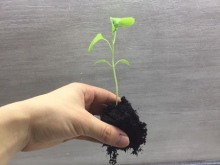

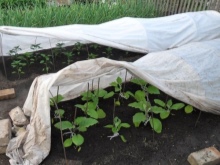












The comment was sent successfully.